1. Trio for Piano, Violin and Cello in G Minor, Op. 3: I. Pas Trop Lent. Animé
Composer: Ernest Chausson
Artist(s): Bruno Monteiro, João Paulo Santos, Miguel Rocha
2. Trio for Piano, Violin and Cello in G Minor, Op. 3: II. Vite
Composer: Ernest Chausson
Artist(s): Bruno Monteiro, João Paulo Santos, Miguel Rocha
3. Trio for Piano, Violin and Cello in G Minor, Op. 3: III. Assez Lent
Composer: Ernest Chausson
Artist(s): Bruno Monteiro, João Paulo Santos, Miguel Rocha
4. Trio for Piano, Violin and Cello in G Minor, Op. 3: IV. Animé
Composer: Ernest Chausson
Artist(s): Bruno Monteiro, João Paulo Santos, Miguel Rocha
5. Poème ÉLégiaque for Violin and Piano, Op. 12
Composer: Eugène Ysaye
Artist(s): Bruno Monteiro, João Paulo Santos, Miguel Rocha
6. Meditation-Poème for Cello and Piano, Op. 16
Composer: Eugène Ysaye
Artist(s): Bruno Monteiro, João Paulo Santos, Miguel Rocha

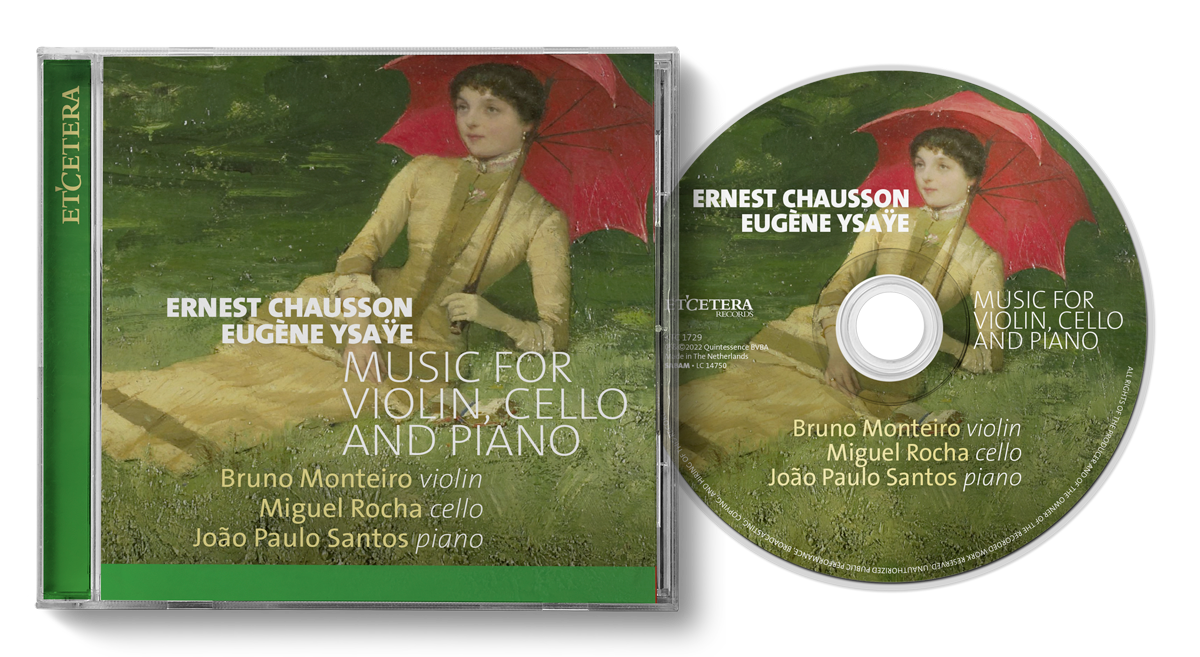
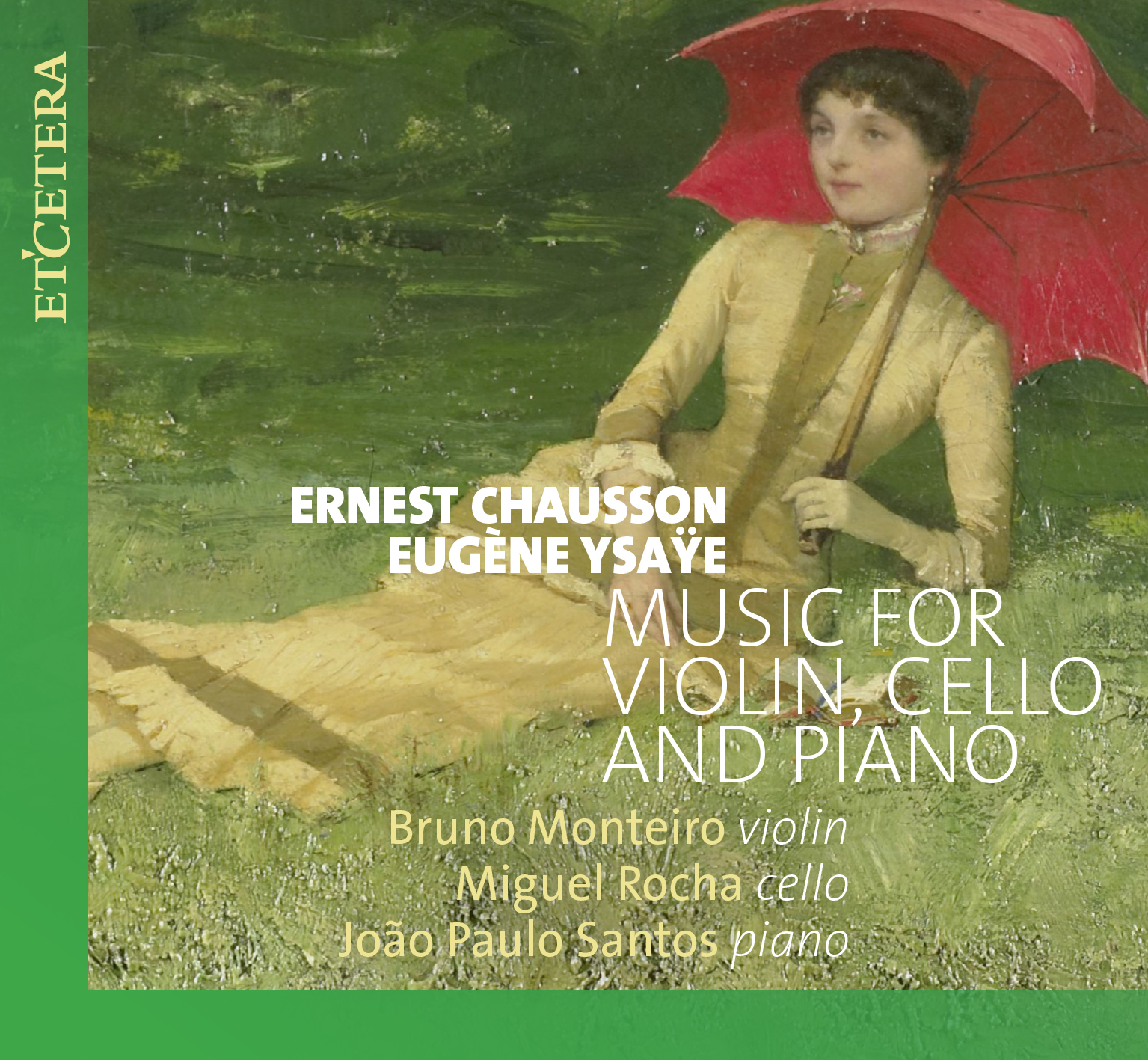
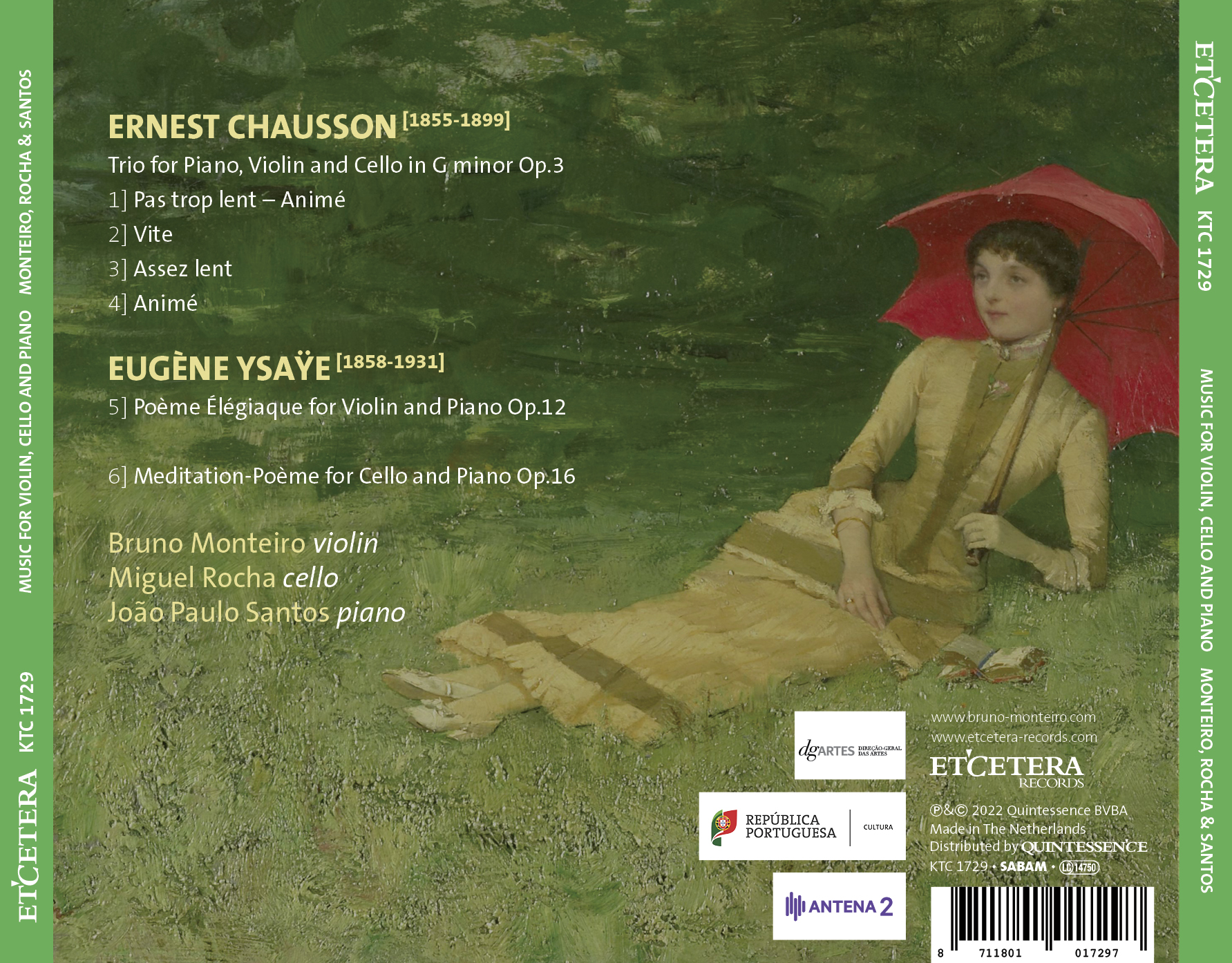

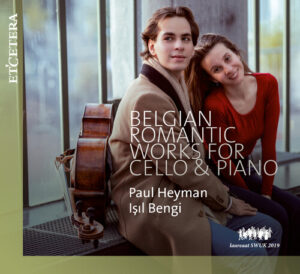
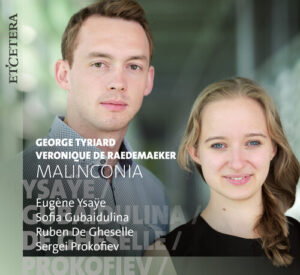
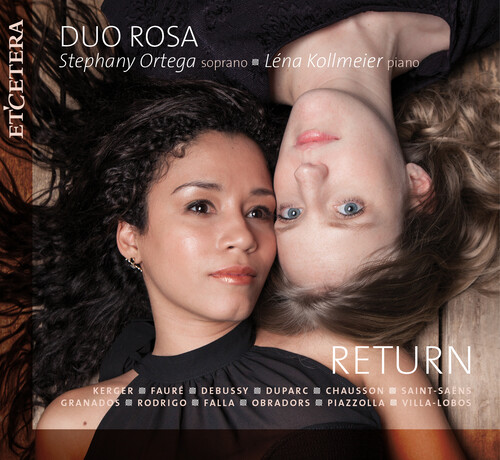
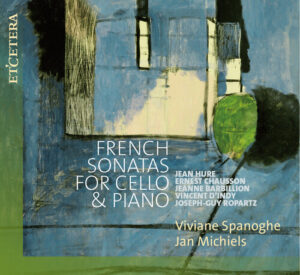
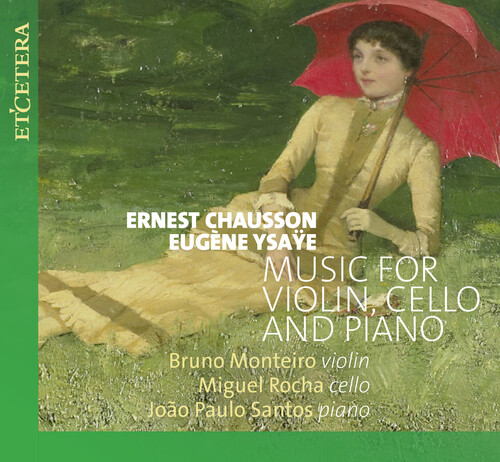
Reviews
There are no reviews yet.